Copenhagen is the UNESCO World Capital of Architecture 2023. The year also marks the 400th anniversary of Copenhagen's Masonry Guild and the introduction of CO2 requirements for new buildings in Denmark. The “Bricks in Common” pavilion located on the waterfront of Copenhagen illustrates how CO2 reducing bricks will change the future.
.jpg)
Facts & Figures
Project name: UIA Pavilion Copenhagen, Denmark
Architecture AART Architects
Client City of Copenhagen
Year of completion 2023
Products used Façade bricks series LESS
Building type Public
Edition architectum #38

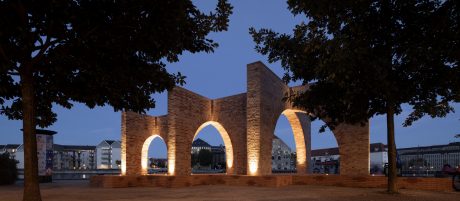
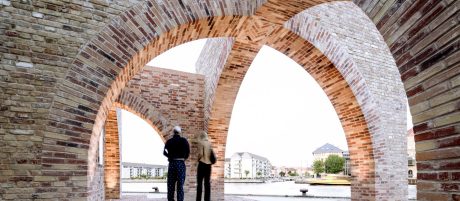
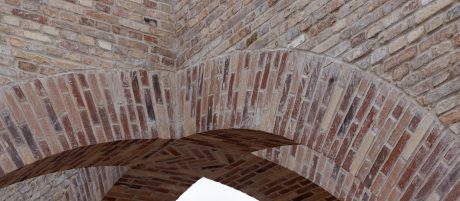
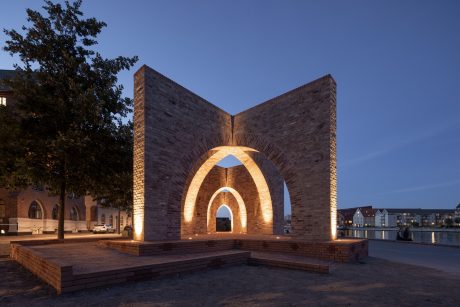
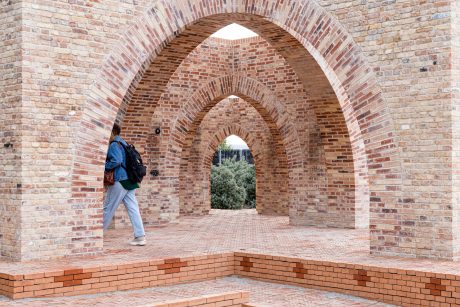
.jpg)
.jpg)
.jpg)
.jpg)
.jpg)
.jpg)
.jpg)
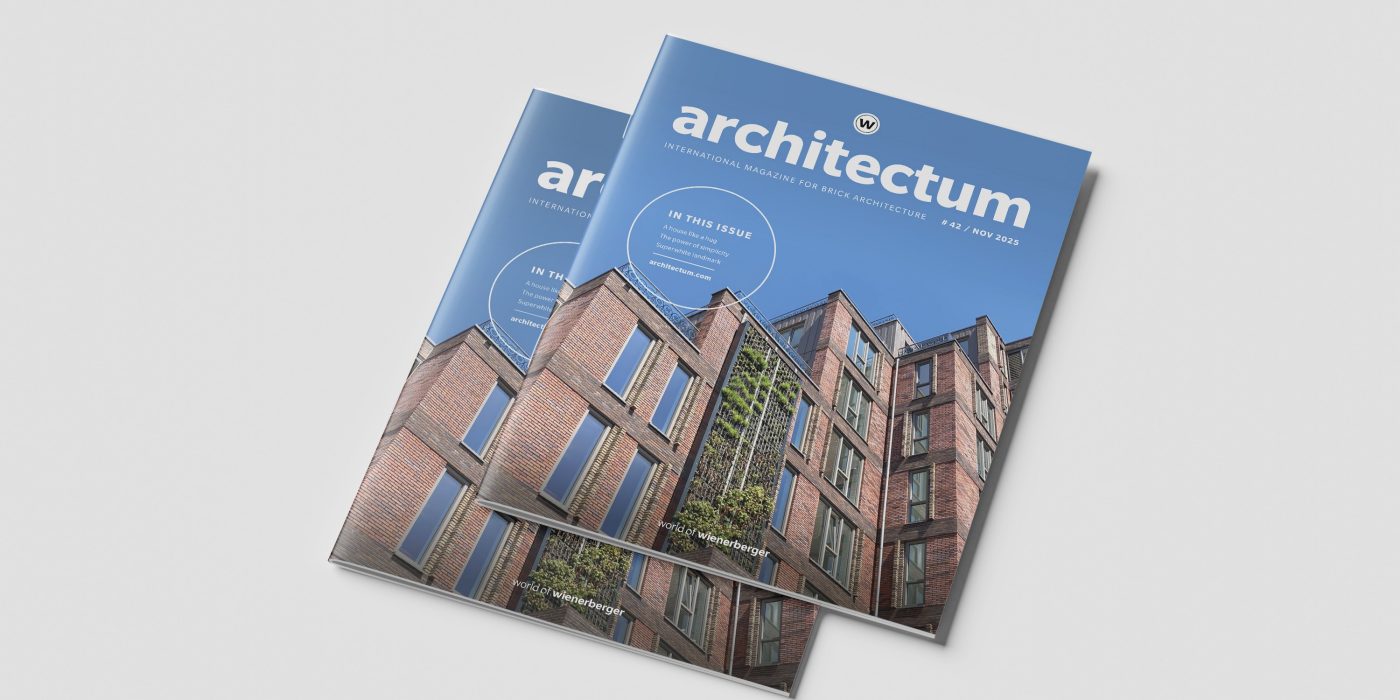

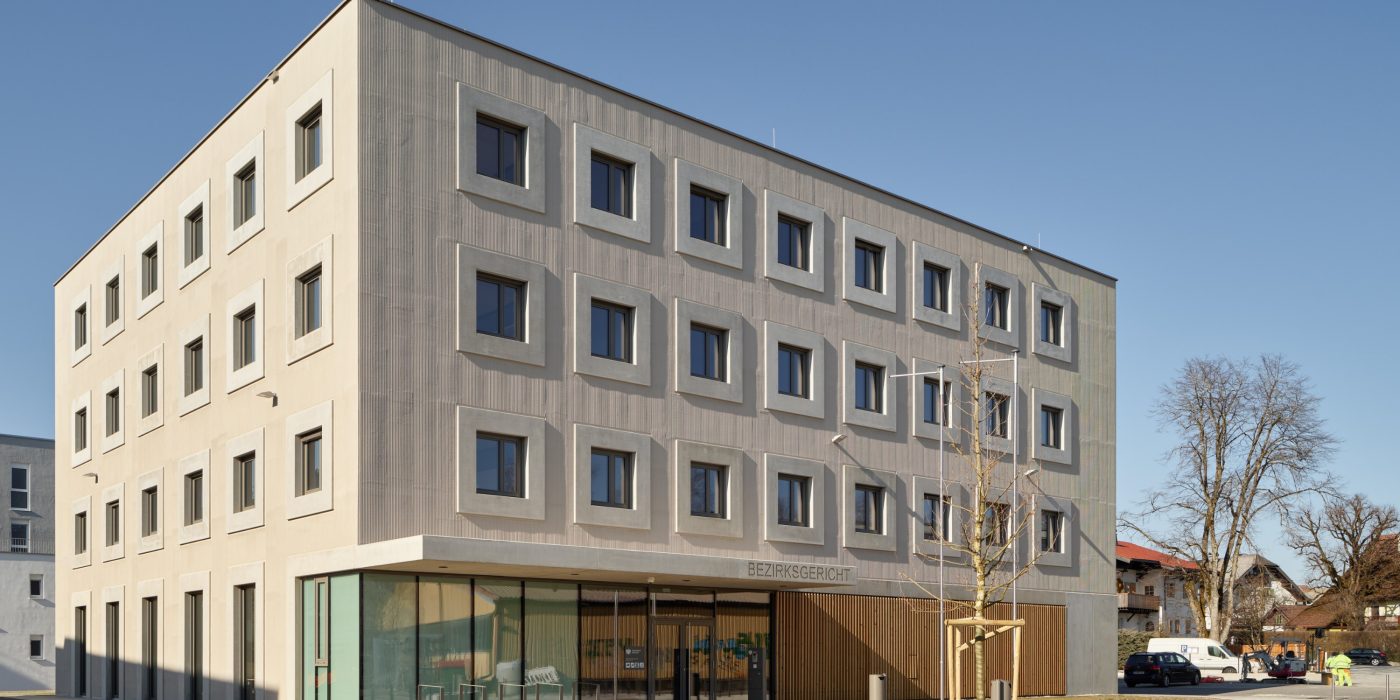

.jpg)
.jpg)